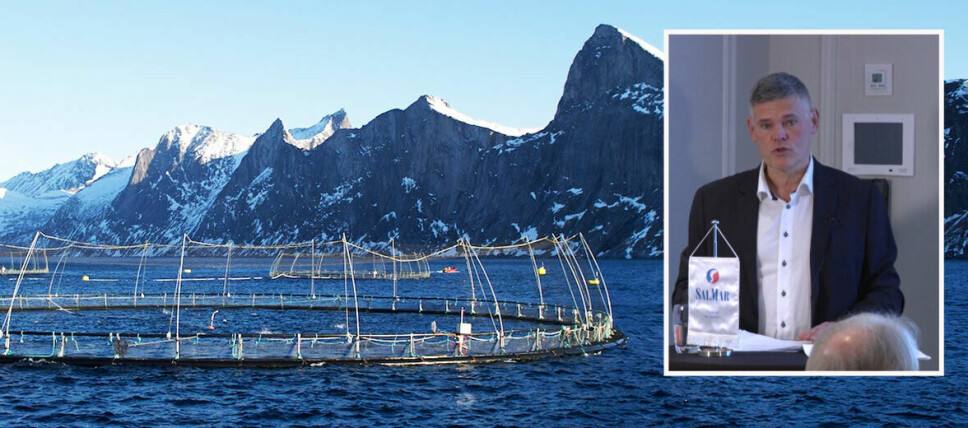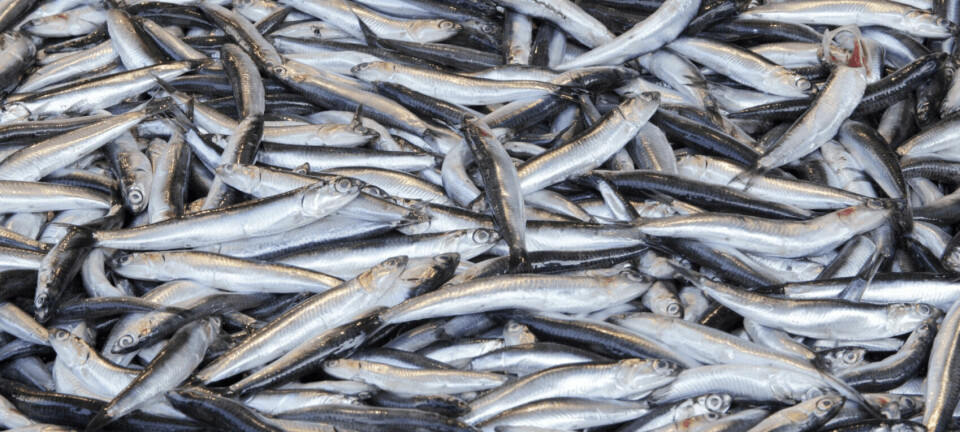
SalMar made operational EBIT of £111m in Q3
SSF co-owner targets 243,000-tonne harvest in Norway next year after merger
Scottish Sea Farms co-owner SalMar today reported good results for the third quarter of 2022, despite taking a hit of NOK 55 million from its share of losses made in Scotland.
The Norway-based salmon farmer’s operating profit was NOK 1.313 billion (£111 million) and its total harvest volume was 53,600 gutted weight tonnes. This resulted in operational EBIT per kg of NOK 24.51 in. Total operational EBIT for Norway in Q3 was NOK 1.309 bn (NOK 26.29 per kg).
SalMar’s recently appointed chief executive Frode Arntsen said the company’s committed and highly skilled employees had continued to deliver solid operational results within their key areas.
Solid results
“This has resulted in another quarter with strong results. There is significant inflationary pressure in the entire aquaculture industry, but we stick to our strategy of operating our business on the salmon’s terms and delivering products of excellent quality,” he said.
“Despite cost growth for feed, the farming segments Mid-Norway and Northern Norway continue to deliver solid results, driven by consistently good operational performance. The operational performance is particularly impressive in Northern Norway, which once again has a very good result.”
Sales and industry maintained a high level of activity throughout the quarter, reversing the negative effects in the previous quarter of the high proportion of contracts.
High volume
“Through the third quarter, we have had a record high volume through our slaughterhouse and further processing facilities. I am particularly pleased to see that the development in our new facility at Senja in northern Norway, InnovaNor, improves with each passing week. This strengthens our belief in our growth ambitions going forward,” said Arntsen.
SalMar subsidiary Icelandic Salmon delivered solid underlying operations, but the results were weakened by the lower spot prices in the period compared to the previous quarter.
The company said there despite uncertainty caused by a proposed resource tax of up to 40% on salmon production in Norway, its merger with salmon farmers Norway Royal Salmon (NRS) and NTS ASA are still justified.
“Even if the industry has to scale back and reduce other planned investments, the need for increased efficiency and economies of scale has now become even greater. We are therefore very happy to have completed this important transaction,” said Arntsen.
Norway guidance up
Following completion of the transactions SalMar has increased volume guiding in Norway by 5,000 gutted weight tonnes to 180,000 gwt for 2022. Volume guidance for Iceland is kept unchanged and for Scottish Sea Farms, which SalMar shares 50/50 with Lerøy, the volume guidance is reduced by 8,000 gwt to 38,000 gwt.
SalMar expects significant volume growth next year following completion of the transactions with NRS and NTS that have made it the world’s second-largest salmon farmer, after Mowi. It is guiding for a harvest of 243,000 gwt in Norway, 16,000 gwt in Iceland and 43,000 gwt in Scotland.





















































